The Leica 90mm f/2 APO Summicron is a great lens, and so is the Nikon 85mm f/1.4 AF-S G. The Leica lens is, like most Leica glass, a bunch more money. Wouldn’t it be great if the Nikon turned out to be as good? Now that we’ve got the a7R, we can test these two lenses head to head on the same high-res body.
Here’s the scene with the 85 at f/5.6. Are you bored with this?
Here’s what the 90 sees as the same f-stop:
Here’s an image through the ExpoDisc with the 85 at f/2:
And here’s what the 90 does with the same test conditions:
More falloff for the Leica lens, a trace more purple in the extreme corners. Maybe we can save some money.
I made a series of exposures at f/2, f/2.8, f/4. f/5.6 and f/8. I’ll give you my comments, and links to Photoshop stacks with all the center and upper left corner images. I’ve been posting sample JPEGs of these aperture series, but the differences in these is pretty subtle, and I’ll only post a few. The JPEGs are a poor substitute for the Photoshop stacks, where you have no lossy compression to deal with, the images are aligned, and you can compare any image to any other by turning the layers on and off.
Both lenses give credible performances in the center at f/2, with the Leica definitely softer.
At f/2.8, both crisp up quite a bit, with the Nikon still slightly ahead.
f/4 brings a bit more improvement, and it’s Nikon by a nose.
At f/5.6 there is some improvement for the Leica and virtually none for the Nikon, and it’s close to a tie.
With the Nikon, there’s a little falloff in sharpness at f/8, and the Leica is, if anything, even better.
Well, maybe we don’t need to spend the money for the Leica glass.
In the upper left corner at f/2, the Nikon is really quite soft:
At the same aperture, the Leica is doing great, considering the opening:
The Leica gains a lot of contrast when stopped down to f/2.8. The same is true to a lesser extent for the Nikon, and it’s way behind the German lens here.
There’s a big improvement in the 85 at f/4:
And only a very subtle one in the Leica. Nevertheless, the quality of the Leica image is a big step ahead of the Nikon one.
The Nikon continues to improve at f/5.6, and there’s a very slight gain in the Leica. The Leica image is still crisper and solider.
There’s a very slight loss in quality in both images at f/8, and the Leica remains firmly in the lead.
Almost as good center performance, and great edge performance; I guess the Leica lens is worth more money. Whether it’s worth that much more money is something you’ll have to decide for yourself.


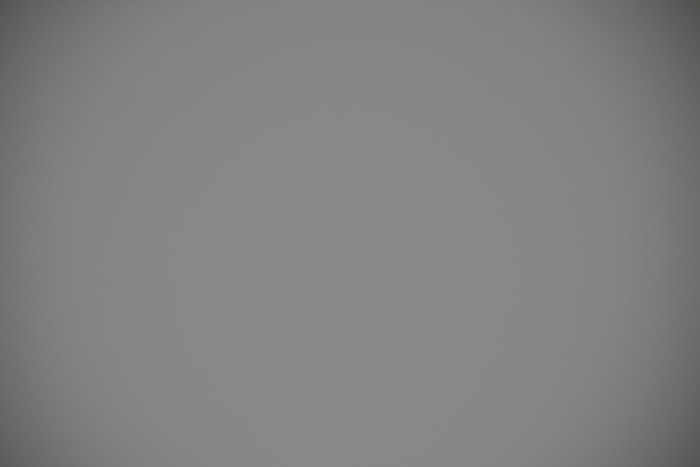

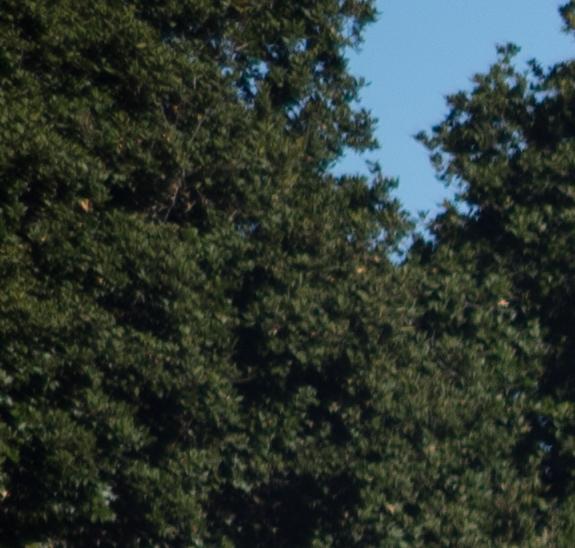
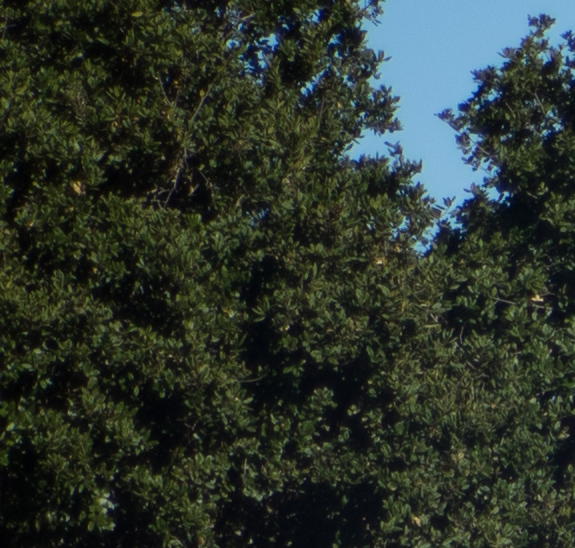
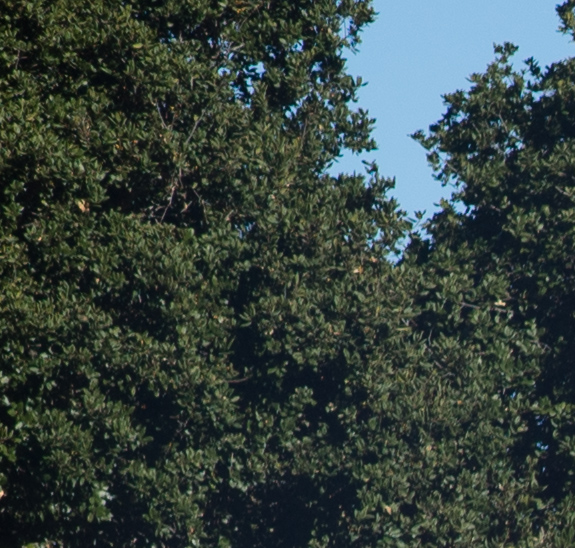
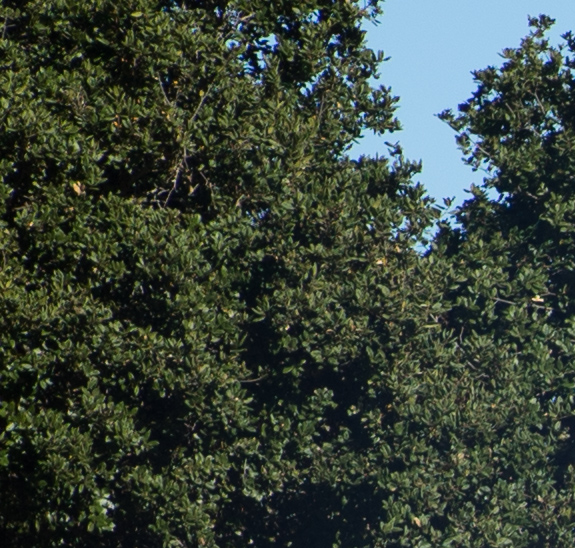
Leave a Reply